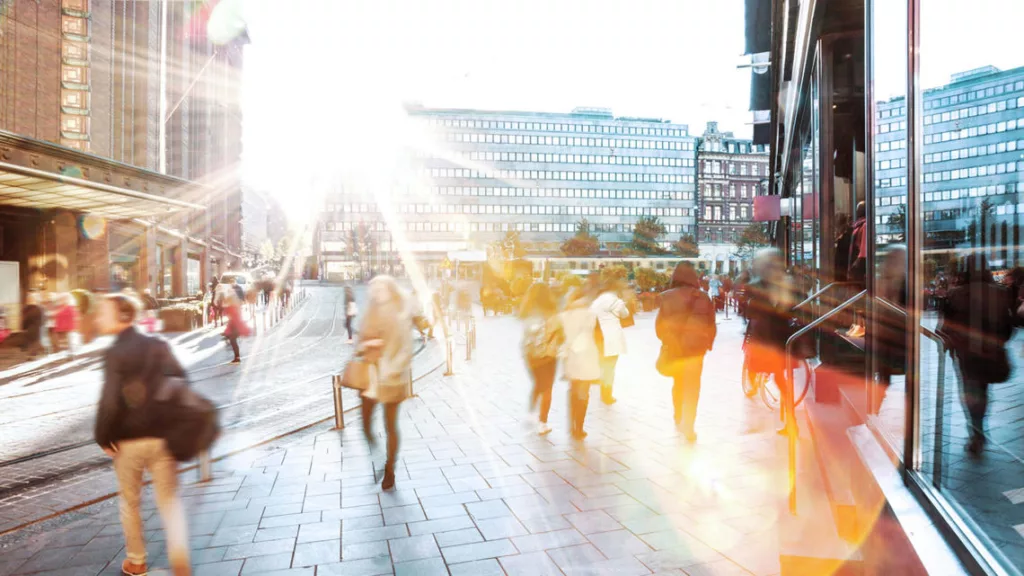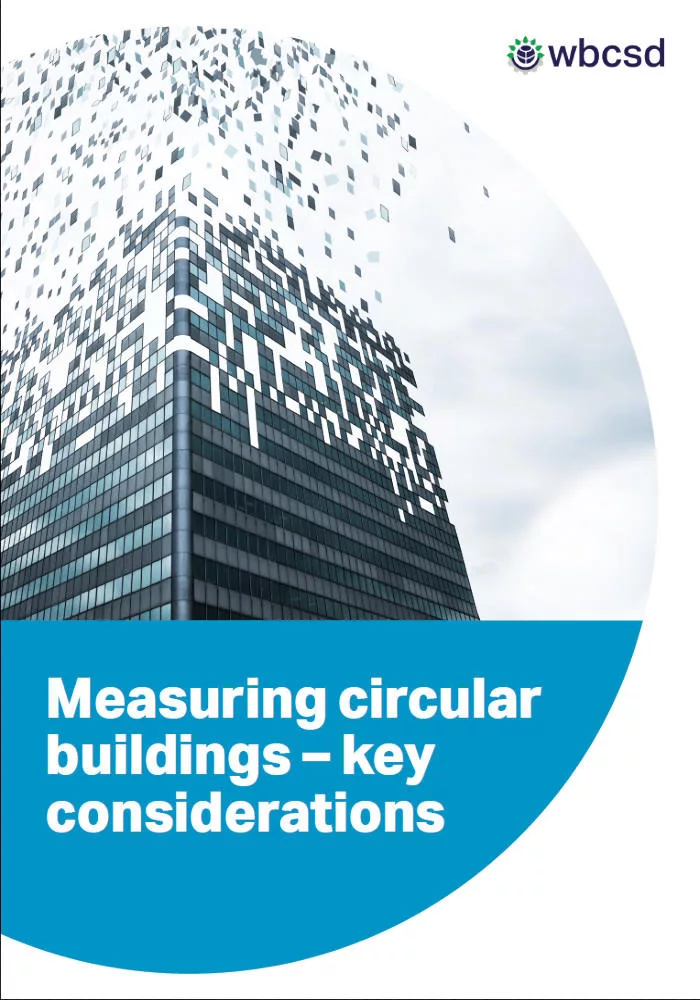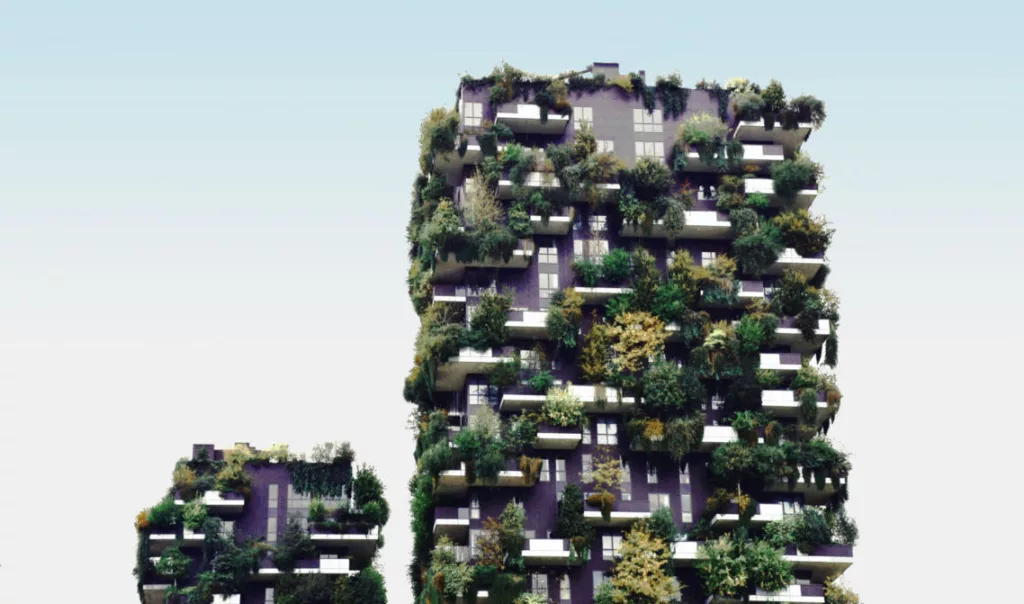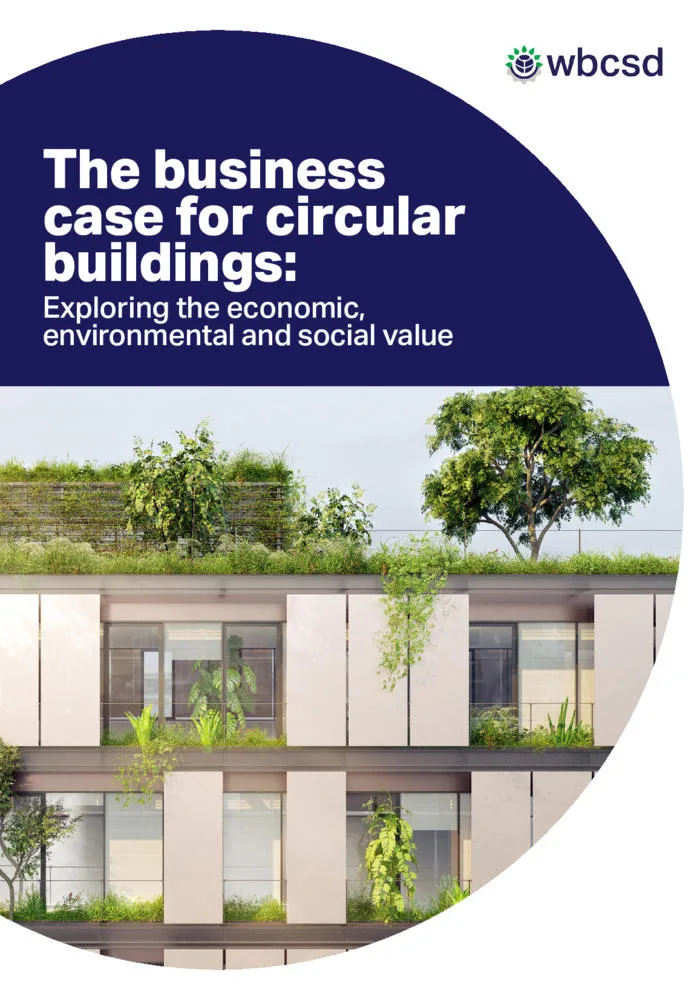Introduction
01
The built environment is where we live. It is our homes, offices, the infrastructure around us, our entertainment and leisure spaces, and green areas.
It helps people thrive, it is a primary employer and it represents a significant share of national wealth. However, it also contributes 40% of global carbon emissions, over 30% of global final energy use and consumes nearly half of the world’s natural resources. It is a priority that we transform the built environment towards one that is net zero-emissions, circular, healthy, inclusive and resilient.
The challenge
02
The built environment represents over 33% of global final energy use, generates nearly 40% of global energy-related GHG emissions and consumes 40% of global raw materials.
Global population growth and urbanization will require a massive increase in urban infrastructure, which will intensify the challenges of the system. We must act now or face the consequences.
The business case
03
The building and construction sector is very fragmented and project-focused, and no single actor can bring about the change alone.
Companies look to collaborate along the value chain to drive change based on a common vision, understanding of the barriers and activation of the key levers for change (valuation, innovation, digitalization, finance and the engagement of demand-side players).
The solution
04
WBCSD brings together leading companies in the built environment to develop pathways for a fully decarbonized and circular built environment, and scoping work on nature.
Based on a shared vision, WBCSD provides a safe space for dialogue and collaboration among leading companies and. We help share knowledge and develop guidance and tools to strengthen the business case for action, including co-benefits. We engage key system stakeholders who can lead the transformation, including demand-side actors such as architects, developers, investors, end-users as well as cities and regulators.
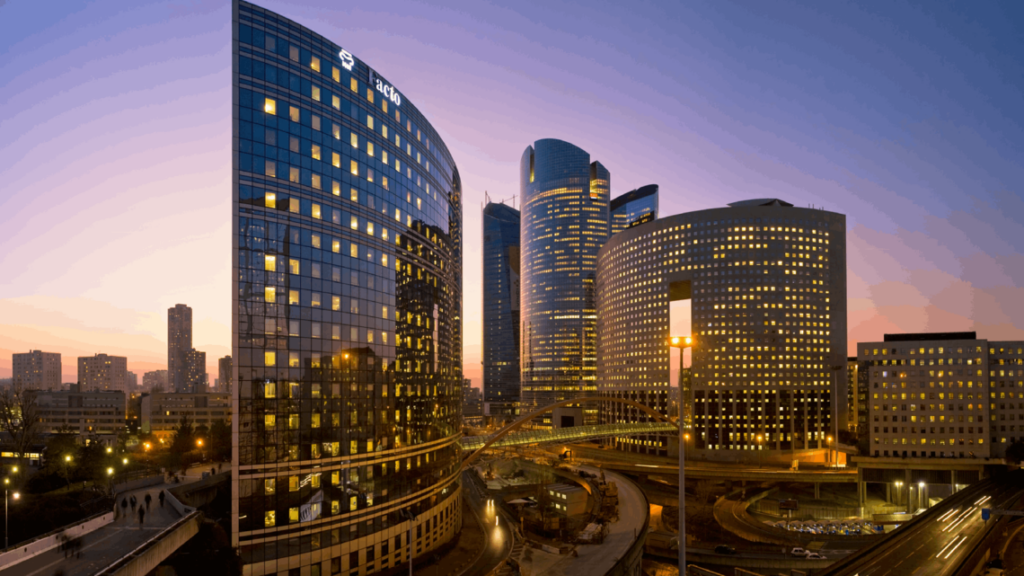
The finance sector can accelerate the transformation to a net-zero built environment – Here’s how
13 March, 2023
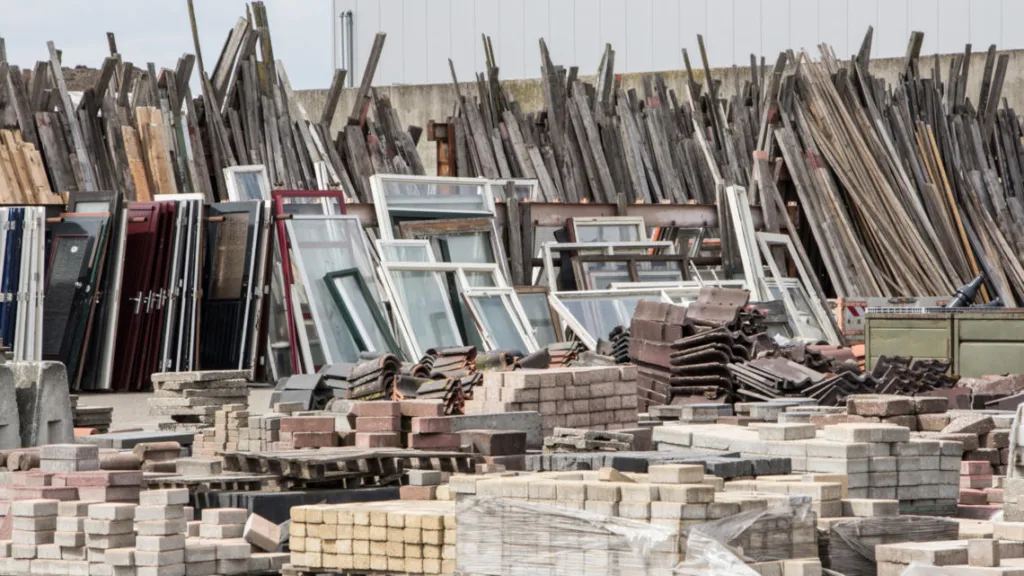
A first step toward measuring circular buildings
15 December, 2022
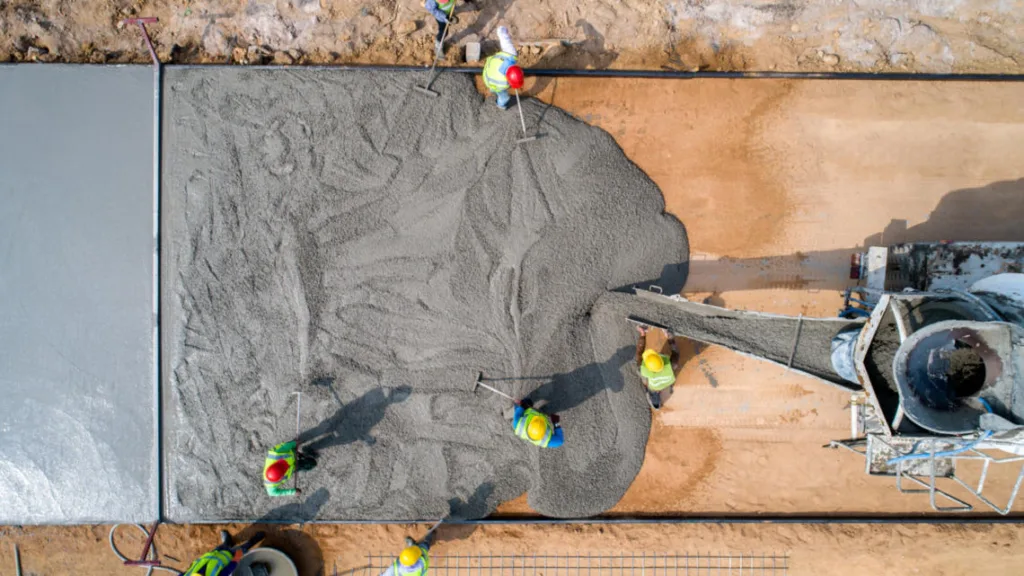
17 major concrete-consuming businesses pledge to use 100% net-zero concrete by 2050
5 July, 2022


